With busy schedules, shrinking attention spans, and a nearly infinite number of distractions, most learners find it pretty challenging to set aside hours at a time for focused study. Complex study materials can also make it difficult to get started and navigate the learning process, causing greater anxiety and procrastination.
Enter microlearning, the e-learning trend that helps overcome these issues by improving content usability and knowledge retention for students of all ages. Keep reading to learn about the concept of microlearning and the benefits of implementing it for online courses — as well as two things to be aware of if you decide to use it.
What is microlearning?
Microlearning is an approach to instructional design that breaks up information into small, bite-sized chunks. Whereas traditional e-learning modules are typically 45 minutes to one hour or more, microlearning modules tend to be between two and five minutes and no longer than seven minutes.
“But that doesn’t mean microlearning is just ‘e-learning lite,’ ” says Asha Pandey, founder and chief learning strategist of EI Design, a leading customized e-learning and blended learning company. “Each microlearning module should achieve a specific learning outcome.”
Since microlearning is an approach to structuring educational content, it doesn’t require any specific tools or technologies. Microlearning can incorporate any type of content, including text, images, videos, audio clips, games, and quizzes.
Benefits of microlearning
1. It optimizes instructional design
Microlearning gives course designers and instructors greater flexibility to match the medium to the message. According to Pandey, instructors using this technique break the entire learning process into “short, action-oriented nuggets, which can be designed differently to match the information they carry.”
These nuggets can help explain each concept with the most appropriate type of content (such as text, video, or interactive multimedia), and instructors can combine these content pieces into a cohesive individual learning journey. “As a result,” Pandey says, courses delivered via microlearning have “the most optimized design.”
2. It personalizes the learning experience
Microlearning also allows for greater personalization of the learning experience. Because units are small and self-contained, you can easily rearrange them to create a customized curriculum for different types of learners, arranging the selection of topics and formats to fit an individual’s needs.
“We learn through different channels. And we are all so different in how we learn. Microlearning gives more flexibility for people to truly find what will resonate best. Because of the granularity, you can very easily personalize the learning journey,” says Pandey.
3. It’s engaging for learners
With the bite-sized nuggets of a microlearning curriculum, studying becomes less intimidating and easier to start, and lessons become easier to digest. Compared to the sometimes overwhelming feel of traditional studying, microlearning with a mobile app or website is similar to checking your favorite social media app on your phone. It also allows course creators to use new techniques to engage with learners.
“Leveraging a mobile app for learning allows you to connect with the learners more meaningfully. You can push notifications and updates. You can reinforce learning. You can push challenges,” recommends Pandey.
This approach also gives learners greater control over when they study, as they can easily consume a lesson or two anytime they want.
4. It improves knowledge retention
Our brains don’t always hold onto new information for long. In the late 1800s, German psychologist Hermann Ebbinghaus developed a mathematical formula called the “forgetting curve,” which demonstrates that, without conscious review, learners will forget an average of 40 percent of what they have learned within a few days — and 80–90 percent within a month!
By studying material repeatedly and revisiting it when they’re close to forgetting it, learners can greatly improve information retention (this is the basis of the popular learning technique called “spaced repetition”). Microlearning works very well when combined with spaced repetition, as the small units are easy to review. A mobile app can make this even easier by reminding learners to review a concept before they forget it.
“Microlearning can be very effective to not only help people learn, but also to apply it, to change their thinking, and, through the concept of spaced repetition, even achieve ever-elusive behavioral change,” Pandey says.
Two caveats about microlearning
While microlearning is a great technique for improving e-learning outcomes in general, that doesn’t mean it’s the right choice for every single topic. Keep these two caveats in mind when looking to apply microlearning to your course.
When it comes to very complex topics, breaking down learning materials into small chunks can be a disadvantage. “Microlearning doesn’t mean the demise of classical e-learning. If you have a very complex topic, which used to take maybe two hours of learning, and you broke up that content into 50 or 60 individual pieces, it’s very disruptive for the learner. It will be harder to connect them to the bigger picture that was intended,” says Pandey.
Microlearning can also be overwhelming for learners trying to acquire in-depth technical training. Although you can break out each step, you can also potentially lose the flow and greater context between each step. “As an instructional designer, you have to make the judgment call when it’s the right fit and when it’s not,” Pandey says.
Microlearning isn’t a substitute for effective course design. While microlearning units are easier to create than traditional e-learning units, that doesn’t mean it’s just a matter of breaking up content into smaller units. You should create each unit with a goal in mind as part of a larger instructional design strategy.
“Get your schema right at the instructional design level. It’s really all about instructional design and your ability to truly understand how to slice up content, how to make it action-oriented, how to connect the pieces seamlessly, and how to make sure there are adequate interventions in between to validate the learning,” advises Pandey.
In-course assessments are one of the most important methods to keep learners engaged and on track while microlearning. Jotform features 100-plus free online quiz templates. You can also easily create your own custom quizzes with Jotform’s Form Builder. And educators can integrate these templates with over 130 apps to streamline their teaching workflow.
When used in conjunction with other instructional best practices, microlearning can be a very effective way to quickly and easily educate students of all ages. And its adoption is sure to increase as an antidote to our distraction-filled world. As Pandey says, “Today there’s hardly an education project that doesn’t have some component of microlearning. Its benefits definitely outweigh the negatives.”


















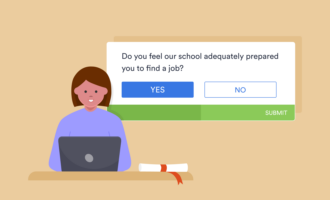









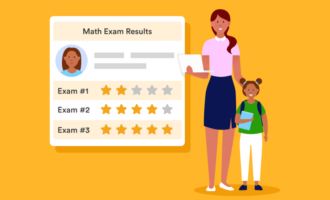


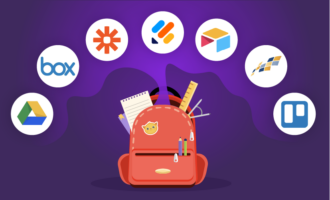
















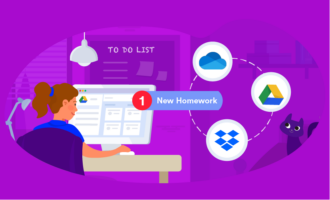




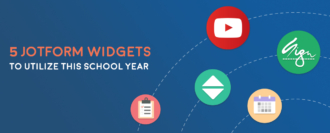
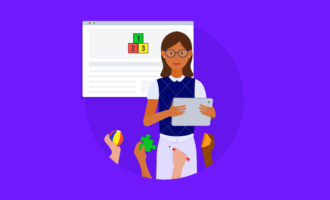







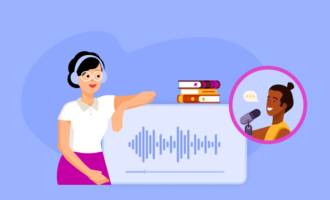


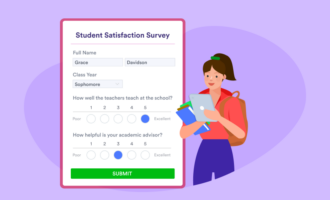












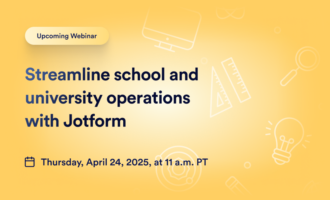


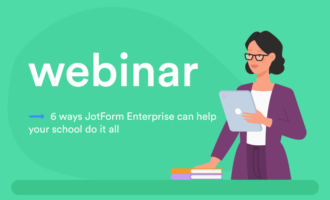











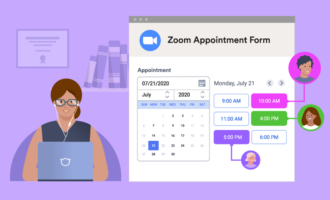











Send Comment: